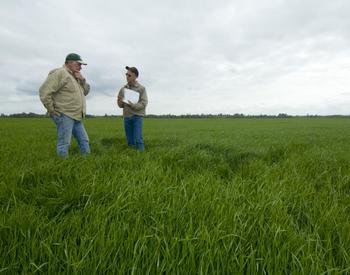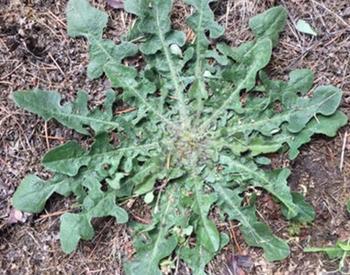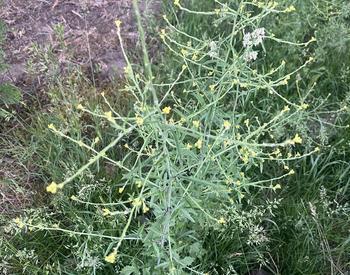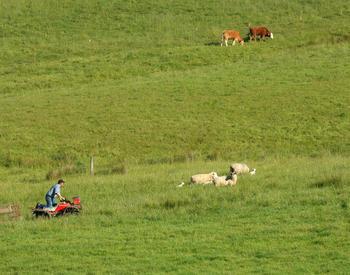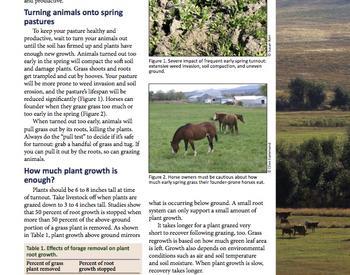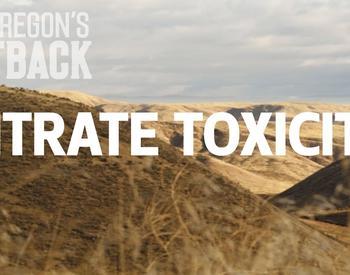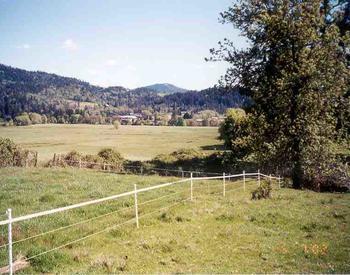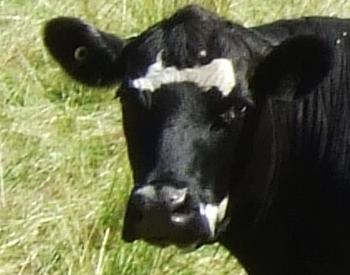At times, we see many of our cool-season perennial and annual forages looking stressed and growing very slowly as they struggle with heat and no rain. The hot, dry conditions we sometimes experience in western Oregon have many pasture and hay-ground managers thinking about forages that can be productive under these circumstances.
Fortunately, there are some strategies to consider — including planting things like drought-tolerant forages, warm-season grasses and annual legumes. Additionally, pasture management practices can help to ease the effects of droughty conditions.
Two cool-season grasses, tall fescue and orchardgrass, are naturally drought-tolerant due to their ability to put down deep roots. In times of dry topsoil, they can reach water that may be well below the surface.
This is in contrast to annual and perennial ryegrass, which have shallow rooting ability. Of course, if your soils are very shallow, the advantage to deep-rooting forages is minimized.
Warm-season grasses shown to be productive in pastures and hay ground include sorghum and sorghum x Sudan hybrids (SxS). These are summer annuals and must be planted in late spring when soils are warm (60°F) and there is some moisture remaining in the soil. This can be challenging, but it's definitely achievable at some sites. Pearl millet is another option, but it needs some research and testing for best uses in Oregon.
Subterranean clover is a winter annual legume. It germinates with the fall rains and overwinters as a small plant.
In spring, it grows exponentially, provides huge quantities of forage, goes to seed, and dies in summer. The seed is buried underground (subterranean) and waits for fall to restart its life cycle. Because of this, subclover seeds survive the summer to germinate again.
Additionally, any of the clover plants remaining into the summer and not grazed off retain their protein content much better than grasses that have matured past the seed stage.
Herbs such as plantain and chicory have become popular summer feed in Oregon too. They also persist during other times of the year and are not difficult to establish. Forage cultivars are available for improved palatability and yield, and are not to be confused with the weedy varieties. Plantings can be mixed with other pasture plants or grown as a stand-alone crop. See photos for examples of these forages, plus the sorghum grass.
Proper management of forages in all situations is important. For drought conditions, management specifically aimed at promoting roots and water conservation is key. A forage plant sheds old and grows new roots each year, with approximately 30% replaced in the process. This occurs mainly in the fall.
Overgrazing at this time decreases new root formation. A soil pH of at least 5.5 along with adequate phosphorus and other key nutrients is necessary. If you want deep roots to find water, take care to manage correctly.
To conserve what little surface water your field receives, consider leaving a longer stubble height to your plants. Also, note that tillage and bare ground can leave soils vulnerable to drying out. Consider alternate cropping systems.
Please be proactive for upcoming summers — we always do turn dry.





